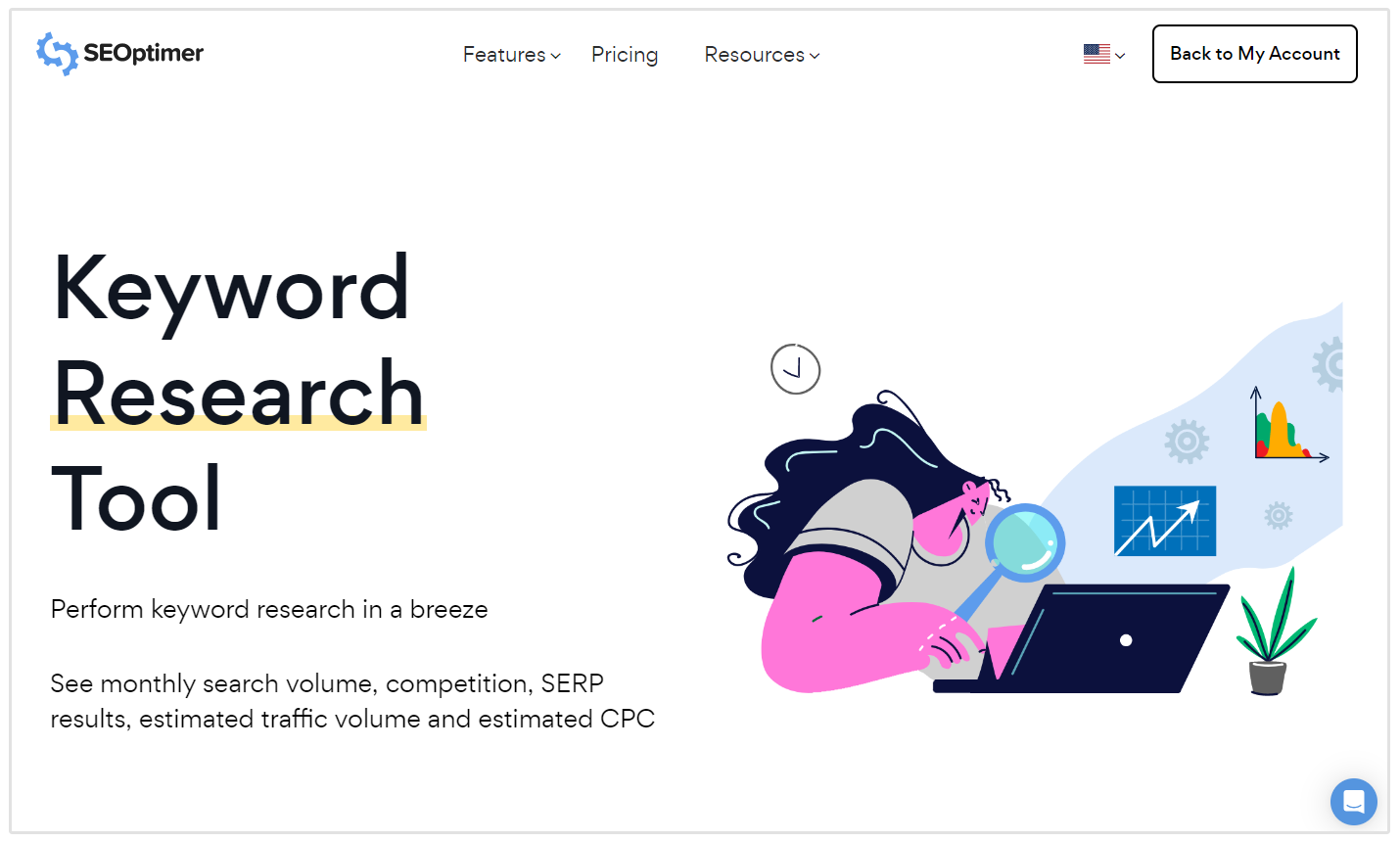A Comprehensive Guide to Secondary Dimensions in Google Analytics: Unveiling Its Role in Information Analysis
A Comprehensive Guide to Secondary Dimensions in Google Analytics: Unveiling Its Role in Information Analysis
Blog Article
Introducing the Effect of Secondary Dimension in Google Analytics on Information Evaluation and Insights
In the realm of information analytics, the use of second dimensions within Google Analytics has arised as a pivotal tool for drawing out much deeper understandings and unraveling facility patterns that may otherwise continue to be obscured. By peeling off back the layers of primary information collections, additional dimensions use a nuanced perspective that improves the understanding of customer habits, website efficiency, and the performance of advertising and marketing methods. The real influence and untapped capacity of secondary measurements are commonly undervalued, outweighed by the allure of key metrics. As we navigate with the intricate landscape of information evaluation, the value of second dimensions comes to be progressively apparent, clarifying crucial details that hold the trick to educated decision-making and critical optimizations.
Exploring the Concept of Additional Measurements
Second dimensions in Google Analytics supply extra insights by allowing customers to examine main data in conjunction with a second characteristic. By including secondary measurements, customers can delve deeper right into the data and uncover important relationships that could or else go unnoticed - what is a secondary dimension in google analytics.
By checking out the different additional measurements readily available in Google Analytics, individuals can open brand-new understandings and enhance their electronic advertising and marketing initiatives. In significance, additional measurements serve as a powerful tool for enhancing data analysis and driving actionable results.
Enhancing Data Interpretation With Secondary Measurements
Having established the foundational understanding of second dimensions in Google Analytics and their pivotal function in data analysis, the emphasis currently changes towards leveraging these secondary credit to boost the analysis of analytics data (what is a secondary dimension in google analytics). By including second measurements into data analysis, experts can obtain deeper understandings into user habits, internet site efficiency, and marketing performance

In addition, secondary measurements help in contextualizing key data metrics by offering extra layers of info. This contextualization help in comprehending the 'why' behind the information trends, assisting analysts make informed decisions and optimizations to improve overall efficiency. Eventually, integrating second measurements enhances the data analysis procedure, leading to even more critical actions and purposeful understandings.
Discovering Hidden Insights Through Second Dimensions
Checking out the midsts of analytics data with secondary dimensions reveals valuable insights that would otherwise remain obscured. By including additional measurements in Google Analytics, businesses can unearth concealed patterns, fads, and connections that give an even more comprehensive understanding of user habits and web site performance. These added layers of data permit analysts to dig deeper into the main measurements, such as traffic resources or landing web pages, and obtain a much more nuanced viewpoint on how various variables communicate with each various other.
Through the usage of additional measurements, analysts can section and contrast information across numerous measurements, enabling them to determine specific factors that influence individual interaction, conversion rates, and general success metrics. By coupling the main dimension of 'device group' with the additional measurement of 'age team,' marketing experts can pinpoint which age demographics choose accessing the site through mobile tools versus desktop computers.
Leveraging Second Measurements for Actionable Analytics
Structure upon the insights revealed through additional measurements in Google Analytics, services can currently harness this enriched information landscape to drive workable analytics and strategic decision-making. By leveraging second dimensions, organizations can delve much deeper into their data to draw out beneficial patterns, fads, and correlations that may have previously gone undetected. This much deeper degree of evaluation enables companies to acquire an extra extensive understanding of individual habits, campaign performance, and general internet site efficiency.
One trick benefit of utilizing second dimensions for actionable analytics is the capability to sector information based on specific standards. This segmentation allows businesses to tailor their approaches and projects to various target market groups, leading to much more targeted and effective advertising efforts - what is a secondary dimension in google analytics. In addition, secondary dimensions provide a more holistic weblink view of individual communications, enabling organizations to maximize their site material, style, and total user experience
Taking Full Advantage Of Decision-Making With Secondary Dimensions
To enhance tactical decision-making in analytics, leveraging second measurements in Google Analytics can give an extra nuanced point of view on customer behavior and project performance. By including secondary measurements into information evaluation, organizations can dive much deeper right into the specifics of their internet site visitors' interactions and interaction patterns. This additional layer of info permits an extra thorough understanding of how various variables, such as demographics, gadgets, or traffic sources, effect essential performance indicators.

Verdict
In final thought, the usage of additional dimensions in Google Analytics plays a crucial function in improving data analysis and discovering hidden insights. By discovering this idea, one can obtain a deeper understanding of user actions and make educated decisions based on actionable analytics. Leveraging second measurements allows for a more thorough interpretation of data and makes the most of the effectiveness of decision-making processes.

Report this page